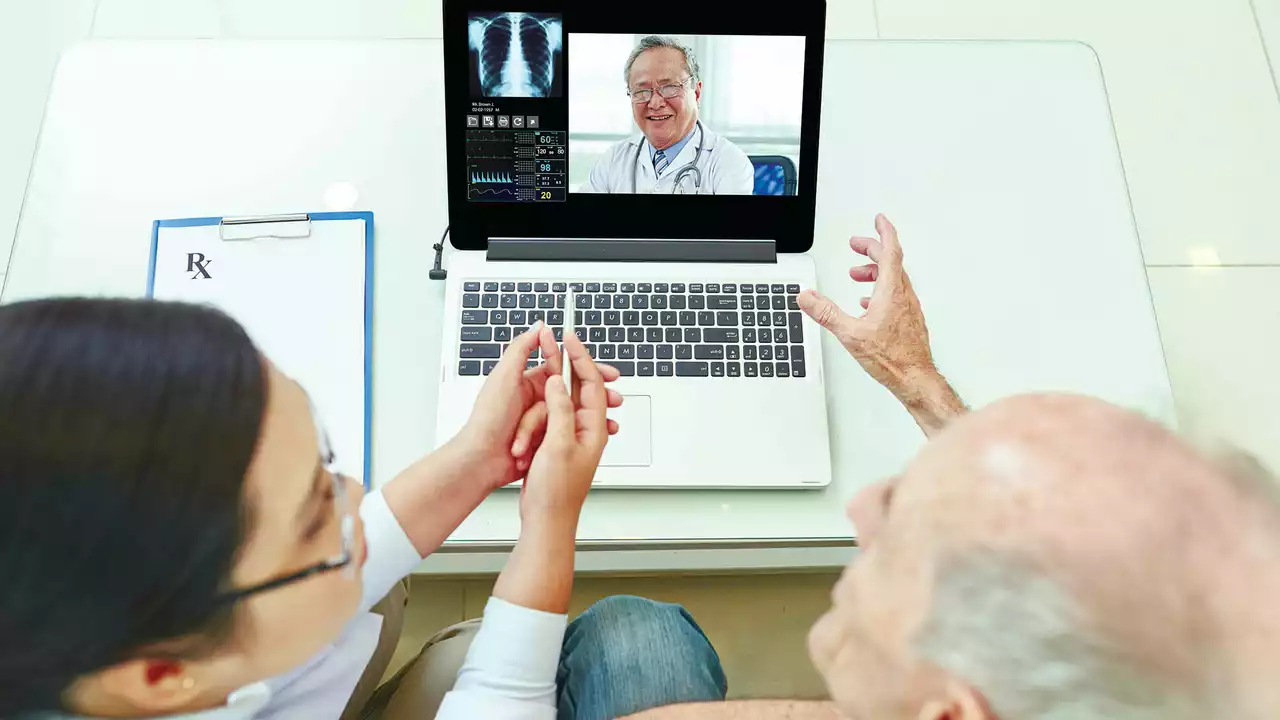Understanding Telehealth
As a blogger and healthcare enthusiast, I have seen how digital technology has revolutionized various sectors, and healthcare is no exception. Telehealth is a term that has been steadily gaining traction over the past few years. Simply put, it refers to the use of technology to provide health care services remotely. This means that you can consult with your doctor or therapist without having to physically go to the clinic or hospital. It's a convenient and effective way to manage health, especially in this digital age.
Breaking Down Barriers to Healthcare Access
Access to healthcare services is a major concern in many parts of the world. Factors such as geographical location, financial constraints, and lack of transportation can hinder individuals from receiving the medical attention they need. Fortunately, telehealth holds the potential to bridge this gap. By offering remote consultations, diagnoses, and treatments, telehealth can significantly improve access to healthcare services.
Telehealth and Rural Communities
Living in a rural area often means having to drive long distances to see a healthcare provider, which can be challenging for the elderly, those with chronic diseases, or anyone without access to reliable transportation. Telehealth can be a game-changer in such situations. By enabling remote consultations, telehealth reduces the need for travel, ensuring that individuals in rural areas can access healthcare services without having to leave their homes.
Financial Implications of Telehealth
Another important aspect of healthcare access is affordability. Traditional healthcare services can be expensive, particularly for those without insurance. Telehealth can help mitigate these costs. Since telehealth consultations do not require physical office space and can be done from anywhere, they can be significantly cheaper than in-person visits. Moreover, they can also reduce ancillary costs such as travel and time off work.
Improving Continuity of Care with Telehealth
Maintaining continuity of care can be challenging, especially for those managing chronic conditions. Telehealth can help ensure that patients receive consistent care by facilitating regular check-ins and monitoring. This can lead to improved management of chronic conditions and prevent complications that could lead to hospitalization.
Telehealth and Emergency Care
Emergencies can strike at any time, and immediate access to medical care can make all the difference. Telehealth can play a crucial role in providing immediate consultation in emergency situations, potentially saving lives. It also allows for faster triage, ensuring that patients receive the appropriate level of care as quickly as possible.
The Future of Telehealth
With the advancements in technology and the increasing acceptance of telehealth services, the future looks promising. Telehealth holds the potential to revolutionize healthcare delivery, making it more accessible, affordable, and efficient. However, challenges such as data security and the need for technological infrastructure remain and need to be addressed for telehealth to realize its full potential.
Conclusion: Telehealth and Improved Access to Healthcare
In conclusion, telehealth offers a viable solution to many of the challenges associated with accessing healthcare services. By breaking down geographical and financial barriers, facilitating continuity of care, and providing immediate access in emergencies, telehealth can significantly improve access to healthcare. As we move towards a more digital age, telehealth will likely become an integral part of our healthcare system, promising a future where everyone has access to the healthcare services they need.
